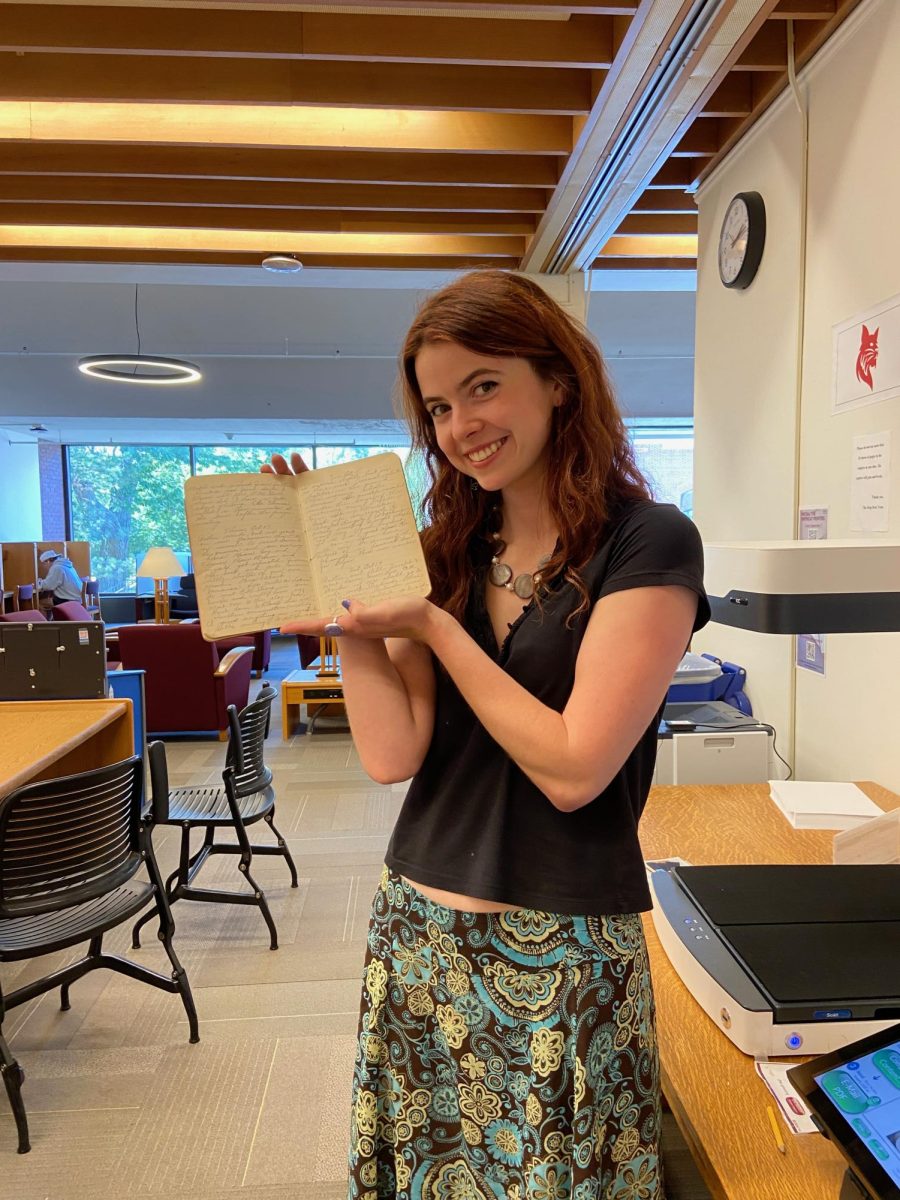The course registration at Bates is peculiar – some students despise it, and some love it. At other institutions, seniority or number of credits completed play more of a role when deciding who gets into what class. When this sort of system was tried at Bates a few years ago, Ryan Bavis, Professor of Biological Sciences, stated, “[It] created a lot of anxiety on campus because the first-years and sophomores basically felt that they didn’t have any opportunity to get into the upper-level courses they were interested in.”
Bates students were assigned to a specific time slot, adding more anxiety around class enrollment. “It was a very disruptive process. Everyone was so stressed. ‘What happens if I’m late or if my computer crashes? I’m going to miss my time slot and then someone else is going to jump ahead of me,’” said Bavis.
Not anymore! Now, Bates uses an optimization, petitioning, add/drop approach. “This petitioning system is unique to any institution I’ve been a part of,” Bavis said.
Petitioning occurs after optimization (where classes are assigned based on student sign-ups), giving those who didn’t get in a chance to make a fun and persuasive argument on why you deserve a seat in the class. Regardless of your personal relationship with our optimization system, it doesn’t appear to be leaving anytime soon, so you must learn to work it.
Unfortunately, some classes at Bates get overenrolled and not everyone is allowed in on their first try. I remember feeling my heart drop when I only got into one class during my second semester at Bates. I felt lost. What was I supposed to do? How did I only get into one? What does the optimization system have against me personally? How do I even write a petition?
I know that this moment can feel scary and destabilizing, but fear not. There are usually a couple spots saved for the hearty petitioners who really want or need the class. To maximize persuasion, some (me) like to be super dramatic. See below, a petition written to get into Ceramic Design and Techniques with the dramatic parts bolded:
The last time I touched clay was middle school. After I could no longer be in that club, I got a kids pottery wheel for Christmas, and it enthused me to no end. I spent hours spinning little lopsided pots. I know that this class will be much more difficult than anything I did in my preteen years, but I am ready for the challenge. Though relatively unfamiliar with art, a seat in this class could offer me a breath of fresh air from my heavy academic course load where I learn about the world’s problems and just sit with that good old mental devastation. Ceramic Design and Techniques provides the possibility for hope and creation, and that is just what I need. I appreciate your consideration and I promise to work very hard should I be allowed into this class.
It worked. This petition writer (me) did indeed get a seat in this class and ended up loving it. However, there are other factors above emotional appeals that are more pertinent to petitioning: seniority, graduation requirements (major, minor, GEC), plans to study abroad. If you cloud your petition with too much emotional appeal and forget to mention that this is your last opportunity to take X course because of Y and Z reasons, then you are not playing the system right. Professors will be prioritizing petition writers that absolutely need the course.
Susan Langdon, Visiting Assistant Professor of Psychology, is a seasoned petition reader. She says, “Petitions are really heartbreaking…to read because you can’t take everybody. It really comes down to thinking about priorities from the student perspective.”
Even after the petitioning process, there comes the add/drop period where more opportunities to get into classes arise. Sometimes, students may feel some grace in their hearts and drop the class that you want, allowing you the opportunity to scoop up their seat. Other times, Professors may create waitlists for their classes so they can let in students that petitioned originally. If there is a waitlist, don’t be shy, and put your name on it!
Sometimes, in addition to petitioning, students write emails or visit office hours of the professors that are teaching the course they want to get into. Bavis commented that coming into office hours or writing an additional email will not increase likelihood of getting into a specific class. He emphasized that one should just include that information in their petition.
However, depending on the Professor’s personality and department, a visit to office hours or a personable email can be a nice touch on top of a petition because it shows that you truly care about the class. Unfortunately, this extra step can create an equity concern. “…not all students feel empowered to approach a faculty member they’ve never met to advocate for themselves in the same way, so I feel more comfortable reviewing the same format of petition from all prospective students,” Bavis added.
If you ever feel uncertain about reaching out to a professor to express interest in their class, remind yourself that one of Bates’s main bragging points revolves around a small school/accessible faculty.
Really, you should advocate for yourself in every facet of life. The petitioning process is a great way to practice this skill, so do it. Plus, petitioning serves more than just one purpose.
Langdon put it best when she said, “I always tell my students to put the petition in … because it tells the department, the faculty, the institution that people have this interest. Every so often… they’ll add another section, [but] it doesn’t happen very often.”
Let it be noted that Biology 204 was so overenrolled for Winter semester 2024, the department decided to add another section to meet student needs. This says it can be done!
So go forth, feel empowered, and write those petitions.









